Buried in one of the driest areas in the world, the mummies of the ancient Chinchorro people still retain the shape of their hair, skin and clothing after centuries in Chile’s Atacama desert.
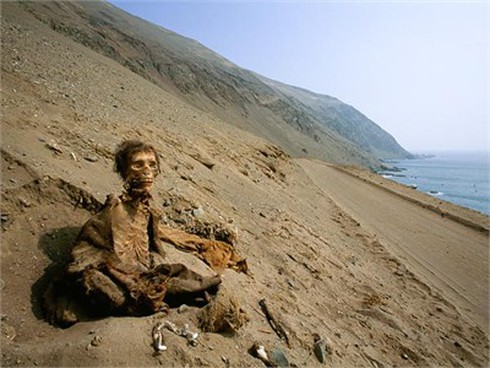
The mummy was found in Chile’s Atacama desert.
Natural dehydration technique was one of the popular mummification methods of the ancient Chinchorro people. This practice took place during the population boom and many notable cultural and innovation achievements that emerged among the Chinchorro people.
Living in fishing villages along the coasts of Chile and Peru, the ancient Chinchorro people began practicing mummification in 5050 BC. Therefore, the Chinchorro mummies appeared thousands of years before the Egyptian mummies.
Dead man’s face
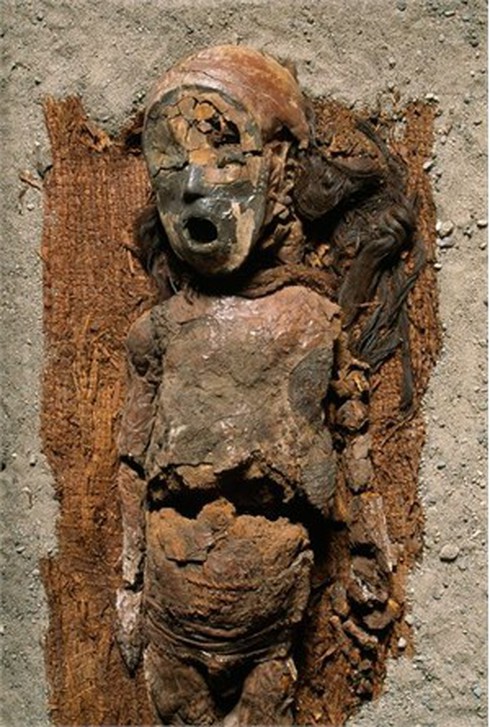
The funeral rites of the ancient Chinchorro people are shown through mummies wrapped in cloth woven from reeds, their bodies covered with ash from black manganese ore and internal organs replaced with soil.According to archaeologist Pablo Marquet of the Catholic University in Santiago, Chile, the Chinchorro’s custom of mummification began to coincide with increased rainfall in the Andes mountain range 7,000 years ago.
Smile of the dead
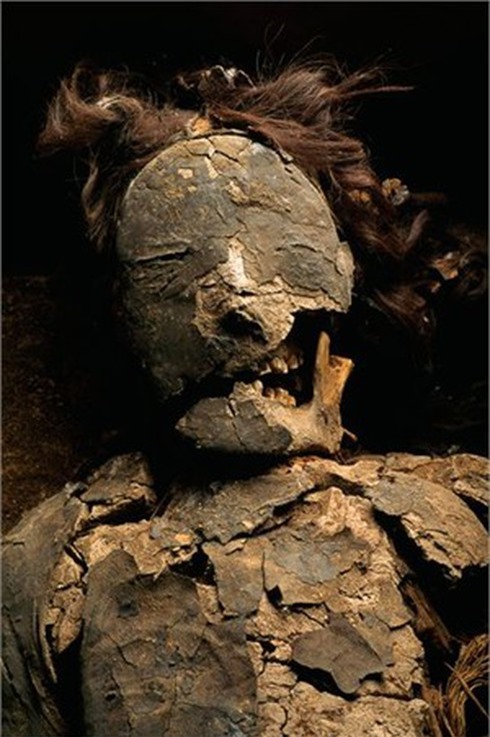
The mummy covered in ash from black manganese ore, with hair that resembles a modern human’s wig and seemingly smiling, has been lying in the dry desert floor for 5,000 years.
The custom of applying black ash to the dead appeared in 5,000 BC and was maintained by the Chinchorro people for more than 2,000 years.
Around 2,800 BC, mummies were painted red instead of black. The reason may be because the Chinchorro changed the symbolic color or because black manganese ore became more rare.
The emergence of mummification techniques
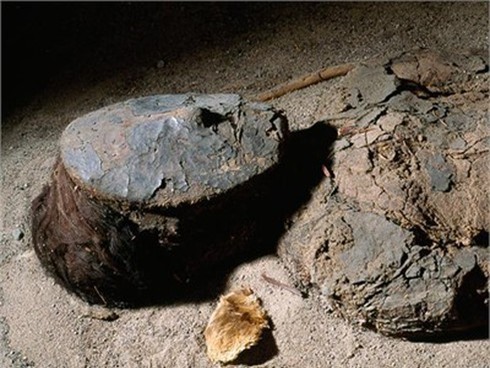
Along with the dry heat of the Atacama Desert and the population explosion 7,000 years ago, the ancient Chinchorro people devised the technique of mummification.
“Rapid population growth is an opportunity for many new talents to appear. When a new innovation like embalming technique appears, it will spread quickly in the community,” Mr. Marquet said.
Portrait of a family
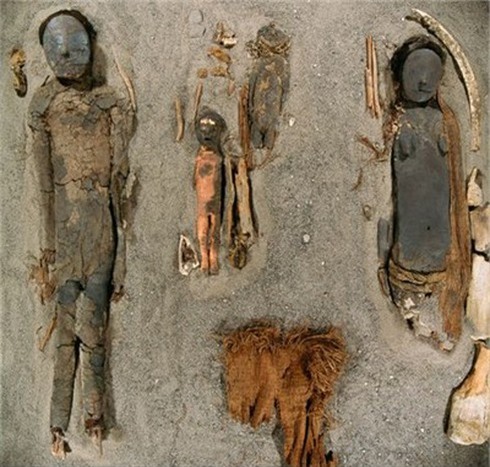
Chilean archaeologists have unearthed a tomb containing the mummies of two Chinchorro adults and two infants. According to researchers, this is likely the tomb of a Chinchorro family.
The Chinchorro people’s mummification of their dead is seen as an act that emphasizes their existence along with their ancestors buried in the arid Atacama Desert.
Embalming techniques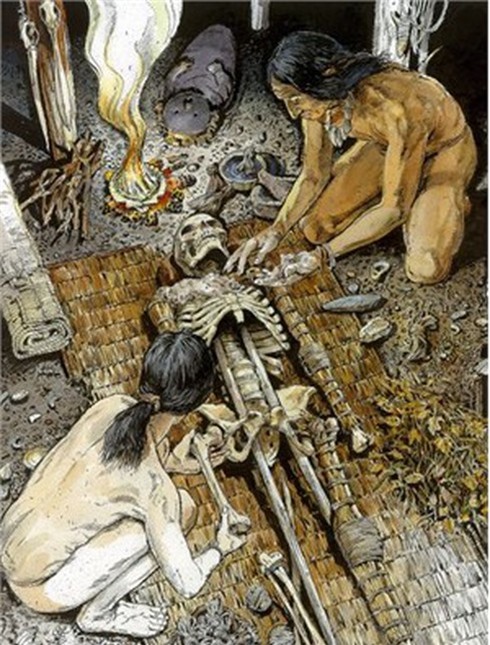
The first ancient Chinchorro people to practice mummification covered all bones with skin in cloth woven from reeds and manganese ash. Archaeologists believe that the Chinchorro people improved their mummification techniques through each practice.
Many discovered mummies still retain their structure quite firmly, the joints are reinforced with layers of reed fabric and wood to help them retain their shape during movement before being buried.
Some mummies even retain the paint on their bodies. This shows that these mummies are completely unchanged from their current state when they were alive.
Shroud
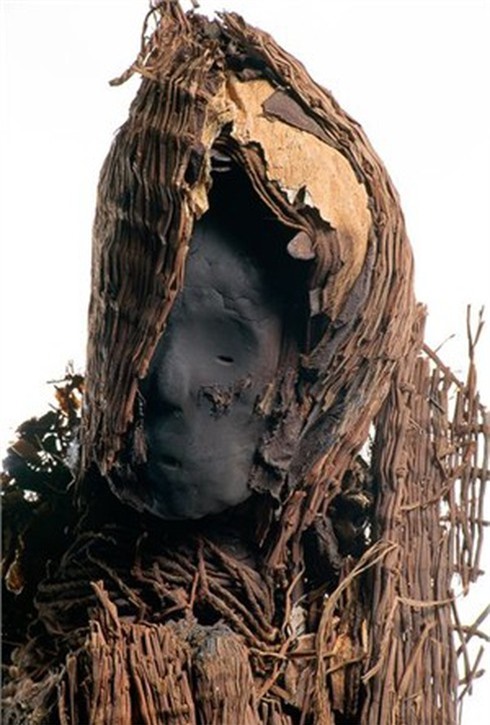
The shroud wrapped around the face of a Chinchorro woman dating back 2,000 years was woven from reeds, rope and pelican skin.
Unlike Egyptian mummies, where only kings or nobles were mummified, the Chinchorro people performed this ritual for people of all ages and social status. Newborns and even fetuses are “taken care of” as meticulously as adults.
Carry your baby on your back
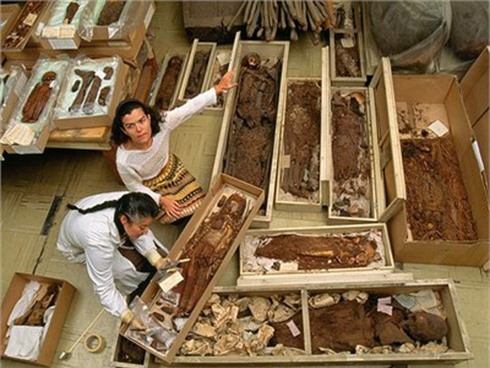
In life and death, some Chinchorro children were carried behind their parents in wooden frames.
The Chinchorro custom of mummification flourished when their culture flourished 7,000 years ago. However, about 4,000 years ago, this custom disappeared when the environment became unstable and the air became drier under the impact of the El Niño phenomenon, leading to a decline in population.
When the Chinchorro people stopped practicing mummification, the ancient Egyptians continued this custom. Some scholars believe that mummification techniques in North Africa originated from the ability to preserve corpses in the desert.





